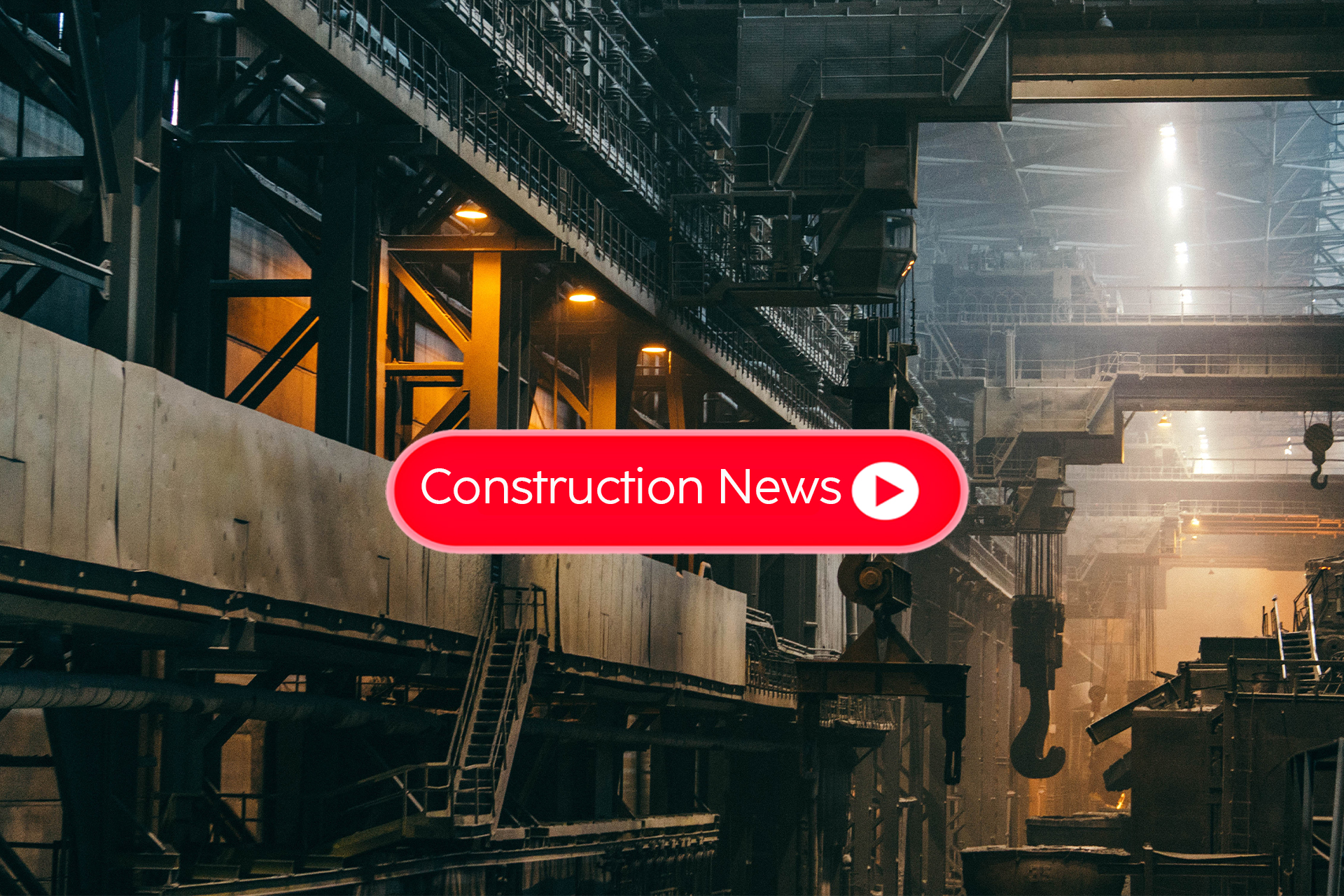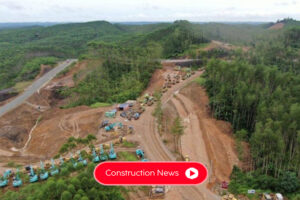Indonesia is relentlessly striving for continuous improvement and development to achieve its ambitious goal of becoming a fully-fledged advanced nation, an aspiration known as “Indonesia Emas 2045” or “Golden Indonesia 2045.” To bolster its national economic growth, Indonesia has adopted various strategies, with industrialization being a crucial element. However, amidst the pursuit of industrialization, a significant impediment looms large, even before Indonesia can fully embrace this transformative process – the specter of premature deindustrialization.
Recognizing the pivotal role of industrialization in realizing the vision of “Indonesia Emas 2045,” the Ministry of National Development Planning (Kementerian PPN/Bappenas) acknowledges that structural transformation from traditional agriculture to the industrial sector serves as the driving force behind economic growth, a concept highlighted in the research by Yasa and Monika (2021). Indonesia has experienced this transformation, evident in the declining share of the agricultural sector in its Gross Domestic Product (GDP) and the corresponding increase in the contribution of the manufacturing sector.
Despite these efforts, the path of industrialization in Indonesia faces significant challenges, with the Institute for Development of Economics and Finance (INDEF) pointing out that the country has been grappling with premature deindustrialization over the last decade.
Indonesia Confronts Premature Deindustrialization
Paradoxically, while Indonesia acknowledges the centrality of industrialization in its journey to advanced nation status, the Deputy for Economic Affairs at the Ministry of PPN/Bappenas, Amalia Adininggar Widyasanti, laments that the country is currently experiencing premature deindustrialization.
“Presently, Indonesia is grappling with premature deindustrialization. The share of manufacturing, which once reached 32 percent, has now dwindled to a mere 18.3 percent,” Amalia articulated during the LPDP Scholarship Seminar in Jakarta on Thursday (27/7/2023).
Moreover, Indonesia has been ensnared in the middle-income trap for three decades, necessitating a robust economic growth rate of 6-7 percent to attain its lofty goal. This makes industrialization a pivotal aspect of the equation.
“Conversely, the transformation of other countries from middle-income to high-income economies has been significantly fueled by robust and resilient industrialization,” she explained.
The decline in the manufacturing share of GDP is the principal reason behind Indonesia’s failure to achieve advanced nation status, signifying premature deindustrialization.
Deindustrialization is a natural phenomenon that typically arises when a country’s industrial sector has reached its maturity and no longer contributes significantly to its GDP. However, Indonesia’s case of premature deindustrialization is characterized by its faster pace compared to other nations.
Drawing on Arifin’s research titled “The Influence of Internal and External Factors in the Deindustrialization Phenomenon in Indonesia 2002-2017: An ARDL Method Approach,” the premature deindustrialization poses a potential threat to Indonesia’s long-term economic stability. This can impede optimal national economic growth by hindering the dynamic expansion of the manufacturing sector.
Thus, addressing the challenge of premature deindustrialization assumes critical importance and demands meticulous attention.
Premature Deindustrialization Adversely Affects Indonesia’s Economic Growth in 2024
Premature deindustrialization emerges as a key factor that could potentially constrain Indonesia’s economic growth, limiting it to no more than 5% in 2024.
As per Bappenas’ findings, the contribution of the manufacturing sector to Indonesia’s GDP has decreased to 18.3 percent from its previous peak of 32 percent, signaling the country’s current predicament of premature deindustrialization.
Mohammad Faisal, Executive Director of the Center of Reform Economic (CORE), explained that deindustrialization indicates a slowdown in a country’s industrial growth, causing the growth of the manufacturing industry to fall behind the overall GDP growth.
Faisal further noted that Indonesia’s deindustrialization is considered premature as it has not reached the level of mature industrialization.
For Indonesia to achieve its targeted economic growth of 6% or even 7% as outlined in the long-term plan, industrialization must propel higher growth rates, possibly even reaching double digits.
Economist and industry observer, Fauzi Aziz, emphasized that deindustrialization is a phenomenon that arises when certain industries experience a contraction in growth, leading to suboptimal contributions to the country’s GDP. Currently, the manufacturing sector contributes to approximately 18% of the GDP, far from the targeted 24.9% in 2020 and 27.4% in 2025, as outlined in the National Medium-Term Development Plan (RIPIN). To achieve these targets, the non-oil and gas manufacturing industry must experience significant growth between 8% to 9% during the same period.
Fauzi stressed that this phenomenon becomes more concerning if the contraction continues. He warned that Indonesia may fail to become a new advanced industrial nation, as envisaged for 2035 in RIPIN, where the industry is expected to grow by 10% with a contribution to the economy’s GDP of around 30%.
To overcome this challenge, Indonesia must embark on a transformative journey, introducing innovative processes and redesigning the industrial structure to ensure sustainable growth and realize its aspiration of becoming a new advanced industrial nation by 2035.
Minister of Industry Refutes Deindustrialization Claims
Conversely, despite several data indicating Indonesia’s premature deindustrialization due to increased informal sector employment and reduced industrial sector contributions to the GDP, the Minister of Industry (Menperin), Agus Gumiwang Kartasasmita, offers a different perspective.
Menperin assures that the industrial sector is still experiencing healthy growth and remains in a phase of expansion.
“The industry is growing, and its pace is still robust, with a growth rate of 4.67 percent in the first quarter of 2023, nearly matching the national economic growth. This growth has increased compared to last year,” he affirmed after the Upakarti 2022 Award event in Jakarta on Wednesday.
Menperin highlights the growth indicators of the industry, as demonstrated by the Purchasing Manager’s Index (PMI) for Indonesian Manufacturing in April 2023, reaching 52.7, indicating a significant rise from 51.9 in March 2023.
“Based on the PMI, the figures signify expansion, and the outlook is very promising. Furthermore, for the past 20 consecutive months, the PMI has consistently remained in an expansive position,” he added, as reported by Antara.
The expansionary growth is further corroborated by the Industrial Confidence Index (IKI) released by the Ministry of Industry. As of April 2023, the IKI stood at 51.38, slightly lower than the previous month’s 51.87, but it remains at a level of expansion.
“In reviewing the IKI survey since its launch, the results are consistent with the PMI survey. Hence, I do not perceive this as a process of deindustrialization. On the contrary, industrial growth remains robust, and both domestic industries and exports continue to perform well,” Menperin emphasized.
As Indonesia confronts the challenges of premature deindustrialization, the focus must shift toward fostering a resilient and innovative industrial transformation, ensuring the country’s sustainable growth trajectory and realizing its vision of becoming a new advanced industrial nation by 2035.



 20% off today. Whatsapp us!
20% off today. Whatsapp us!